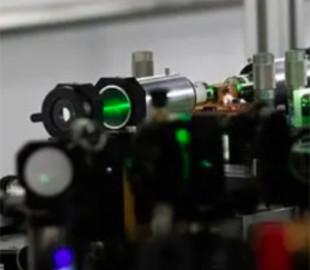
A computer called the Paderborn Quantum Sampler could help solve complex problems — from drug discovery to manufacturing, logistics and finance.
Researchers from the University of Paderborn in Germany have created Europe's largest photonic computer based on sampling. About it writes Interesting Engineering.
The computer, called Paderborn Quantum Sampler (PaQS), is already working. Quantum computers provide the ability to perform complex calculations in a fraction of the time it would take the world's fastest silicon supercomputers. It can help solve complex problems — from drug discovery to manufacturing, logistics and finance.
Quantum computers can achieve this by exploiting properties of quantum mechanical effects such as quantum entanglement and superposition. However, these approaches are very sensitive and can quickly accumulate errors. Researchers around the world are experimenting with different platforms to reduce the imperfections of quantum computer systems. One such approach is photonic quantum computers.
200% Deposit Bonus up to €3,000 180% First Deposit Bonus up to $20,000As the name suggests, photonic quantum computers use photons, or particles of light, to perform computing. The technology has developed rapidly in recent years, as photon-based quantum computers can operate at room temperature, making them easier to work with.
In the past, researchers used Gaussian boson sampling as a model of photon computing to build quantum computers. However, in this case, the team used a forward-looking approach, with system integration and programmability in mind.
Explaining their approach in a press release, Christina Silberhorn, a physicist at the Institute for Photonic Quantum Systems at the University of Paderborn, said that in their experiments the group used a programmable interferometer to integrate any configuration of their choice.
The advantage of full programmability will allow researchers to use the system for quantum computing applications that may emerge in the future.
The research team applied their knowledge of quantum mechanical phenomena such as photon compression and entanglement, which can be used to manipulate and use quantum- mechanical properties.
However, the development of PaQ required the development of many new components. This was achieved in partnership with Menlo Systems, Fraunhofer IOF Jena and Swabian Instruments and coordinated by Q.ANT, a German company with expertise in industrial quantum technologies.
Soon, the collaboration will install a sampling-based quantum computer , which will also be accessed through the cloud.

